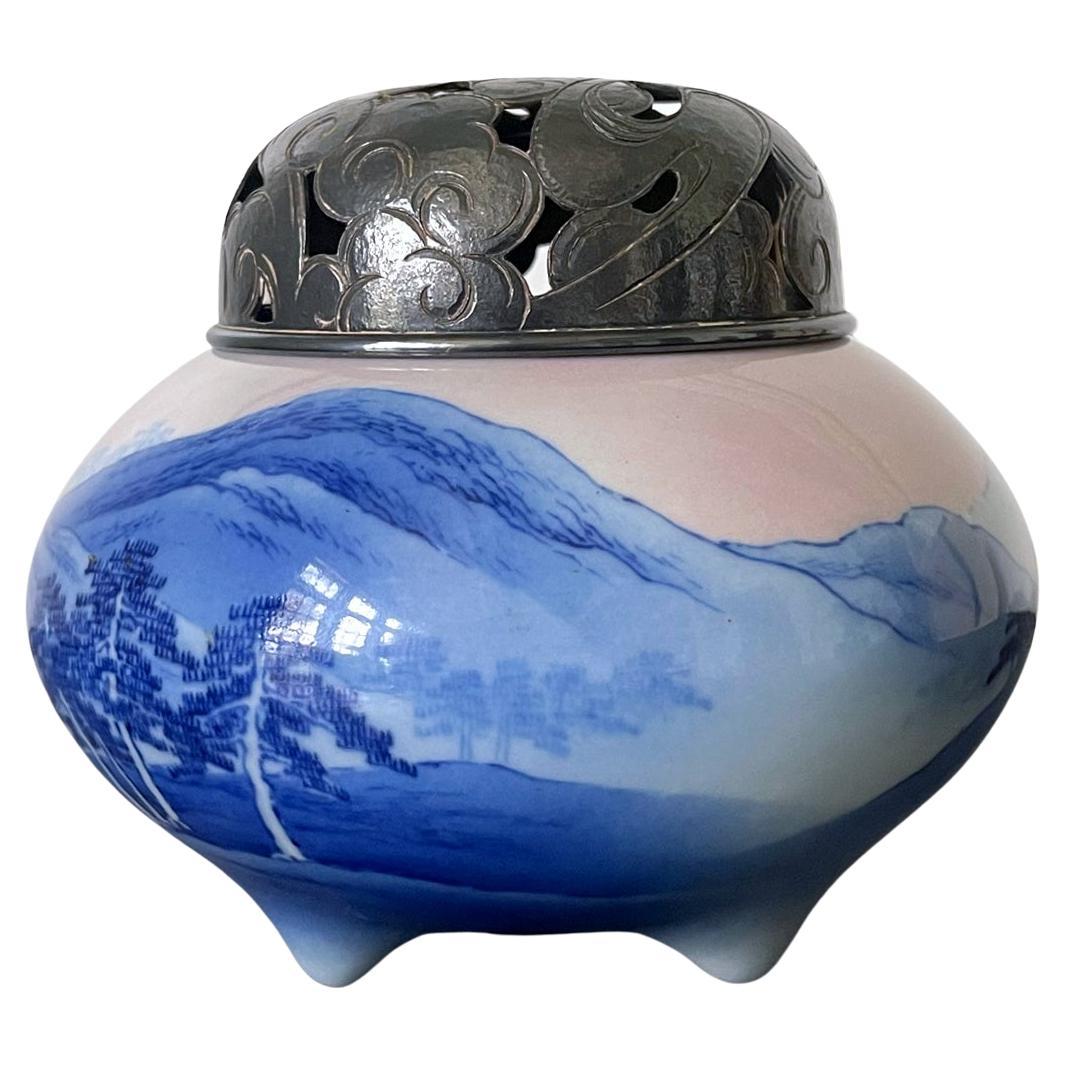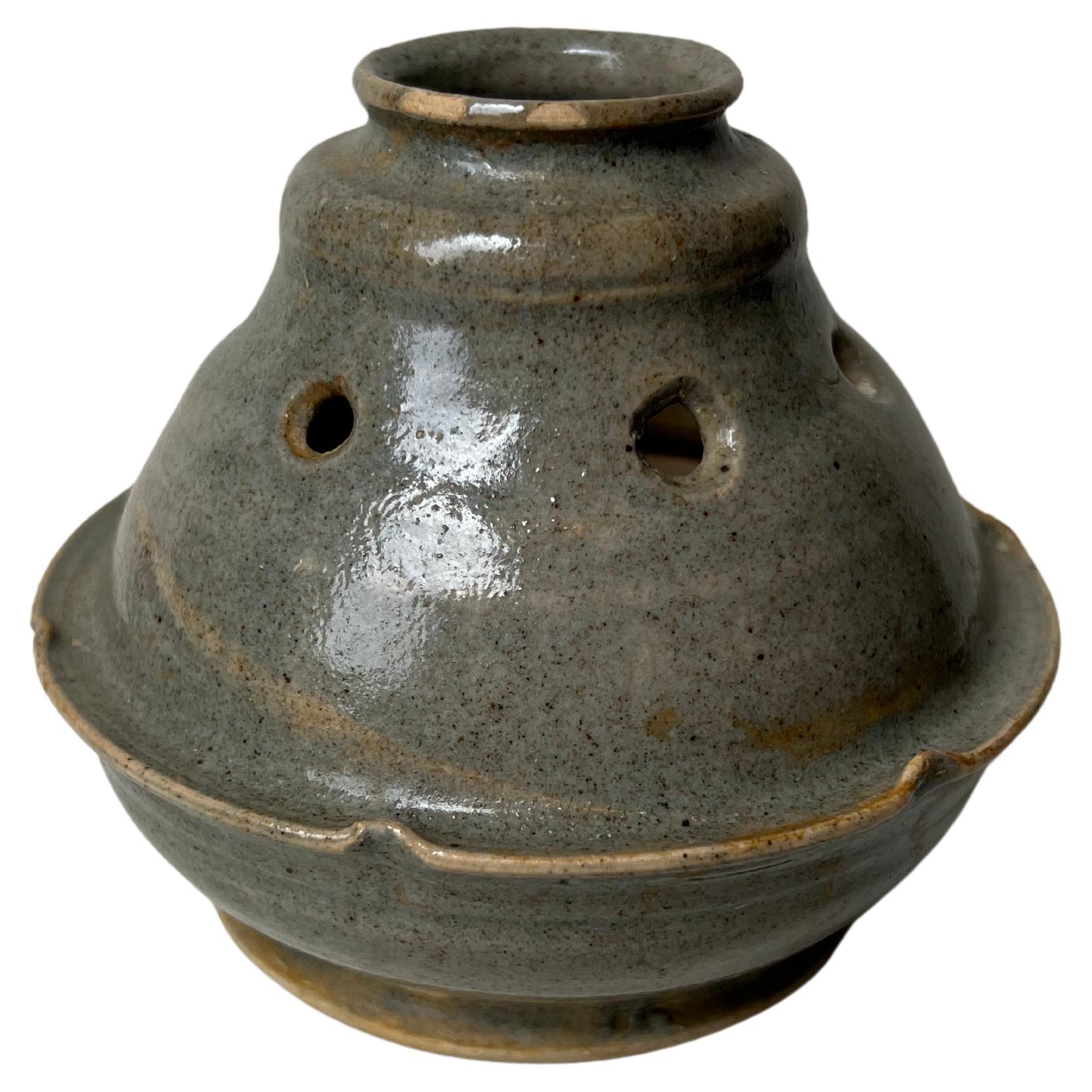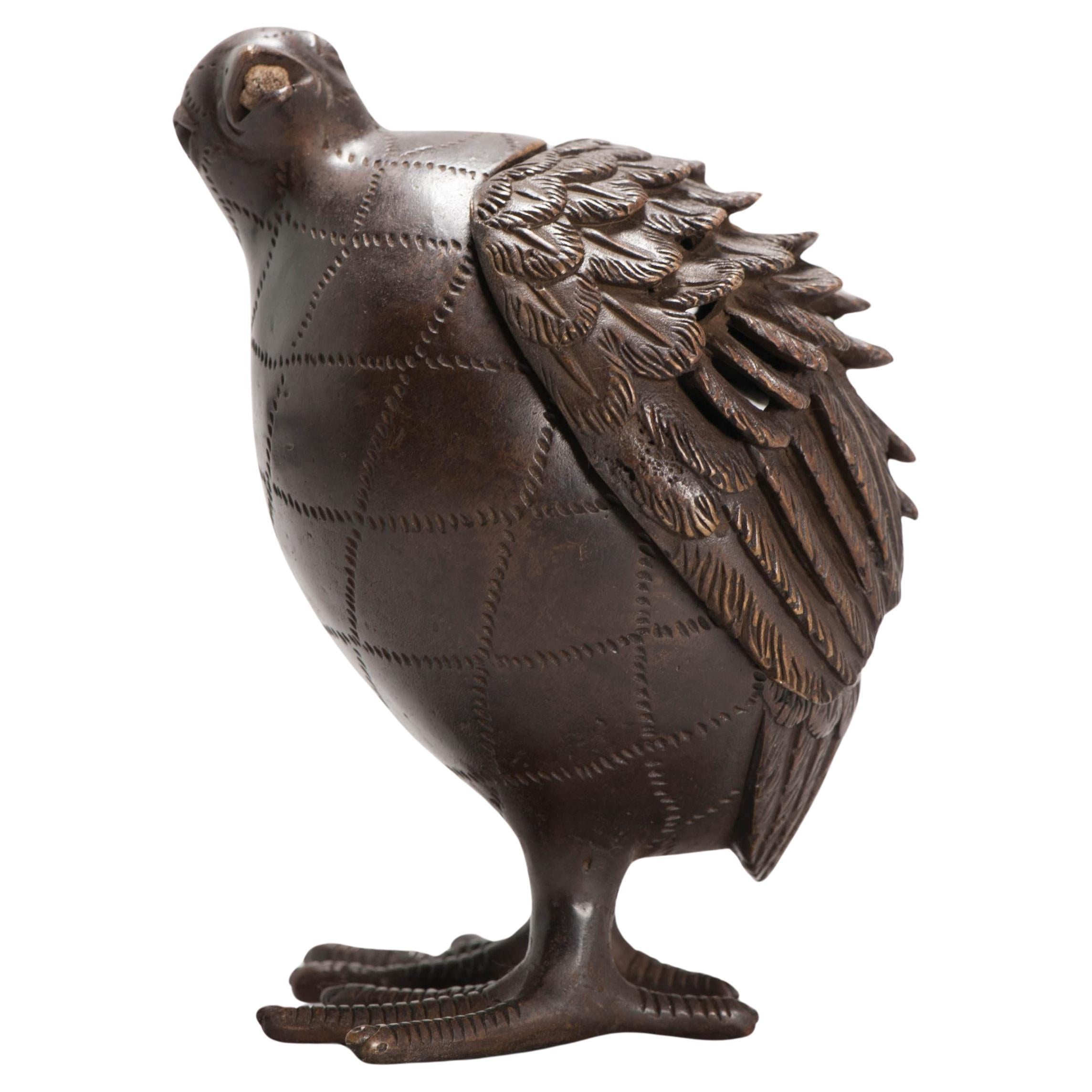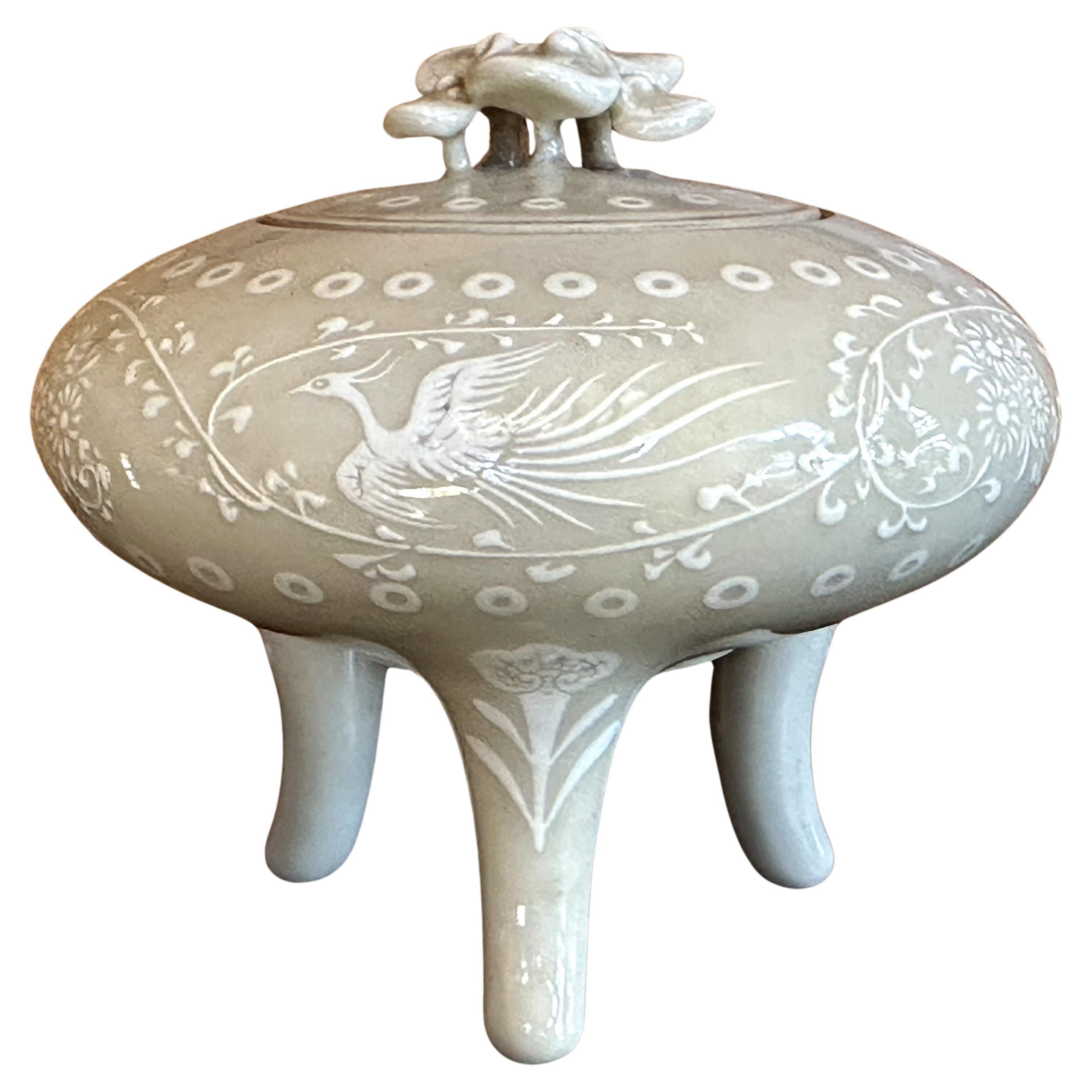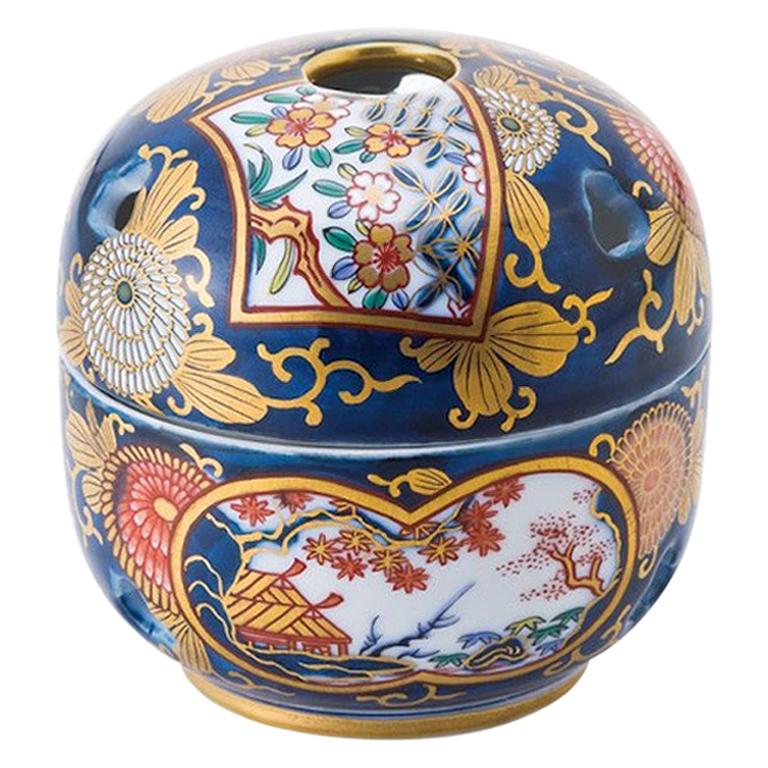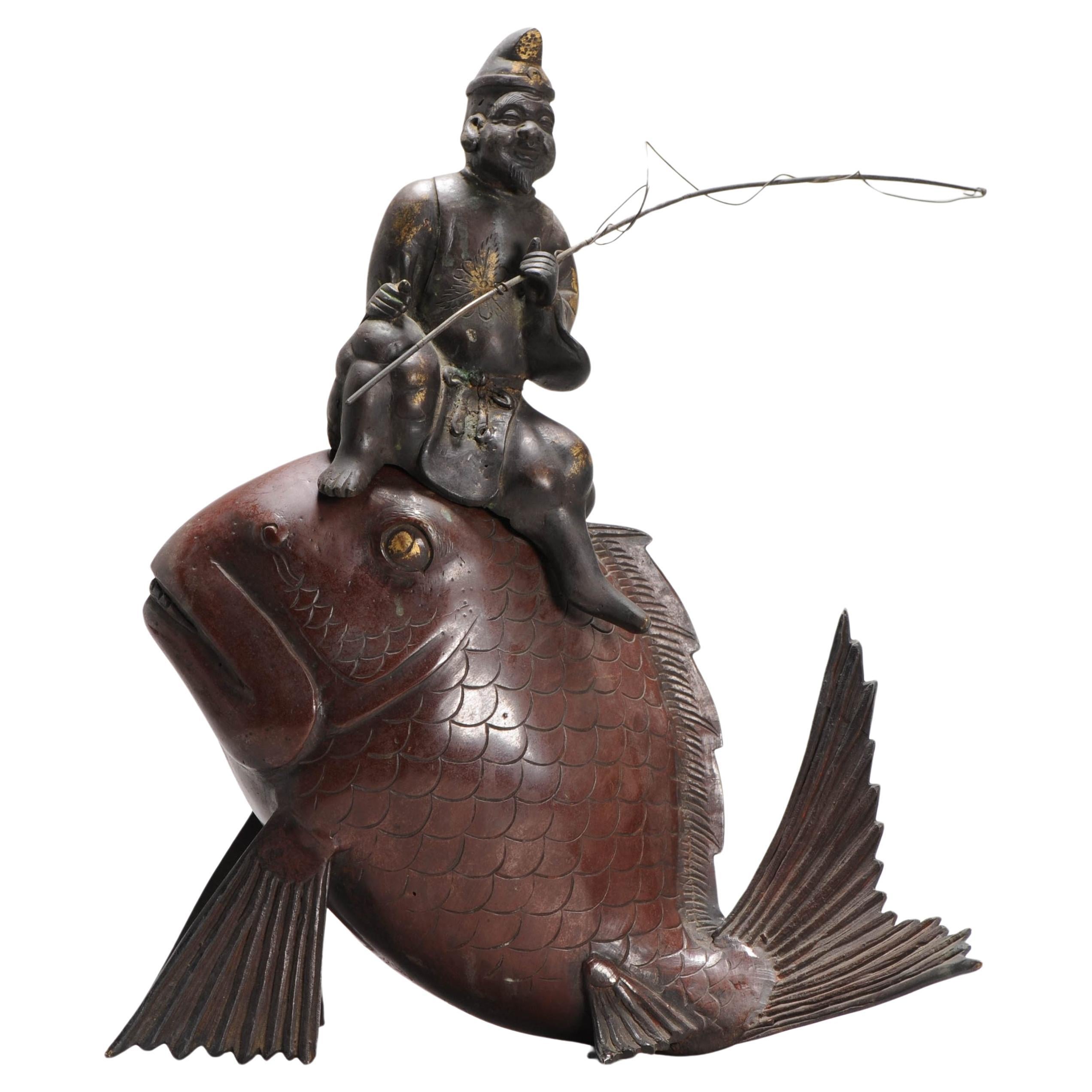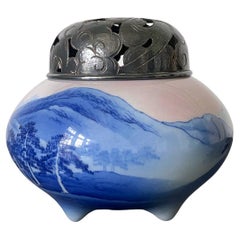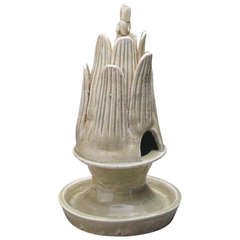
Glazed Stoneware Incense Burner
View Similar Items
1 of 2
Glazed Stoneware Incense Burner
About the Item
- Dimensions:Height: 8.5 in (21.59 cm)
- Place of Origin:
- Period:
- Date of Manufacture:5th - 6th Century
- Condition:Wear consistent with age and use.
- Seller Location:New York, NY
- Reference Number:Seller: PE13141stDibs: LU103321230840
You May Also Like
- Pair of Chinese Sancai Fu Dog Incense Burners, c. 1850Located in Chicago, ILThese petite ceramic fu dog figurines likely once stood upon a home altar as incense burners to accompany ritual ancestor worship. Also known as shizi, pairs of fu dog lions are beli...Category
Antique 19th Century Chinese Qing Ceramics
MaterialsCeramic
- Chinese Qing Dynasty Green Glazed Pottery Incense Burner, Dated 1863Located in Austin, TXA gorgeous green glazed large Chinese pottery censer of Archaistic shape called a fanghu, set on a separate stand, Qing dynasty, second year of Tongzhi, 1863. The censer or incense burner crafted in two parts and covered in a thick, runny and unctuous glaze, ranging from dark green to turquoise green, to pale celadon. The neck with shou (longevity) medallions. The body decorated in relief with fruit, pomegranate and finger citron (Buddha's hand). The sides fitted with lion mask handles. The stand with a key fret design, and a pierced Chinese...Category
Antique 1860s Chinese Qing Ceramics
MaterialsPottery
- Japanese Glazed Ceramic and Silver Koro Incense Burner Makuzu KozanBy Makuzu KozanLocated in Atlanta, GAA tri-pod ceramic incense burner (koro) by Japanese Imperial potter Makuzu Kozan (1842-1916) circa late Meiji to the start of Taisho period (1890-1910s). A fine example of the artist's work belonging to the late part of his underglaze paint phase (started around 1887 until his death), the surface of the koro was painted in beautiful shades of blue to depict a continuous landscape not unlike a traditional ink and watercolor hand scroll. The rise and fall mountains recede and fade into the horizon and are dotted with groves of pines. The sky is painted with a beautiful subtle shade of pink, suggesting a time of sunrise or sunset. The koro is fitted with an ensuite reticulated sterling silver hoya (incense cover), pierced with swirling cloud and marked with "pure silver' in Kanji. The base is signed in underglaze blue "Makuzu Kozan Sei" within a double ring. The piece is beautifully potted in form and the decoration was done with expertise using the novel technique developed by Kozan called Fuki-e (the blow painting), in order to achieve the striking landscape known as "Mountain and Water" with sense of dimensions and gradient, the poetic effects normally conveyed only by sumi ink staining on paper. The piece comes with an unsigned tomobako (wood storage box) of a recent age. Also known as Miyagawa Kozan (1842–1916), Makuzu Kozan was one of the most established and collected ceramist from Meiji Period. Born as Miyagawa Toranosuke, Kozan established his pottery studio in Yokohama around 1870s and later became one of the appointed artists to the Japanese Imperial household. His work was exhibited in many international fairs that the Meiji government participated at the turn of the century and won many grand prizes. Being one of the most creative ceramists, Kozan started experimenting with new chemical colors from the West in the format of his porcelain glaze around 1880s. New colors allowed him to create underglaze designs that appeared bright, smooth and glossy. He even invented his own receipt of cobalt blue to achieve a much brighter yet softer shade, as evident on this vase. To create landscape that is realistic and dimensional, more common in the western paintings, he was inspired by the native Japanese ink painting technique developed around 1900 by Yokoyama...Category
Antique Early 1900s Japanese Japonisme Ceramics
MaterialsSilver
- Chinese Qing Dynasty Green Glazed Incense Burner, Late 19th CenturyLocated in Austin, TXA charming Chinese green glazed pottery censer or incense burner, Qing Dynasty, late 19th century. Now suitable for use as a jardiniere or vase. The incense burner in glazed a deep green, in imitation of bronze models, and set on four tapered legs attached to a rectangular stand...Category
Antique Late 19th Century Chinese Qing Planters, Cachepots and Jardinières
MaterialsPottery
- Vintage Incense Burner / Joss Stick HolderLocated in LOS ANGELES, CASmall and compact incense / joss stick holder. Unknown age and similar in style to antique Chinese holders. Single, one-piece unit with large opening at top and (6) smaller holes for...Category
Mid-20th Century Ceramics
MaterialsCeramic
- Antique Japanese Porcelain Brazier 'Incense Burner', SignedLocated in Norton, MAA very unusual Antique Japanese Porcelain Brazier (Incense Burner) with green checker pattern, Signed on the bottom.Category
Early 20th Century Japanese Ceramics
MaterialsPorcelain
Recently Viewed
View AllMore Ways To Browse
Kawai Kanjiro
Nanking Cargo
Rose Medallion Fish Bowl
Vietnamese Pot
Wang Mu
Chinese Export Famille Verte Pillow
Chinese Ivory Stick
Chinese Shipwreck Pottery
Famille Verte Cabbage Leaf And Butterfly
Fukagawa Imari Plates
Glazed Water Jug With Petite Spout
Imari Porcelain On Sale
Immortal Kutani
Japanese Satsuma Elephant Plant Stands
Japanese Satsuma Style Censer And Cover
Java Piggy Bank
Jun Isezaki
Lu Cylinder


